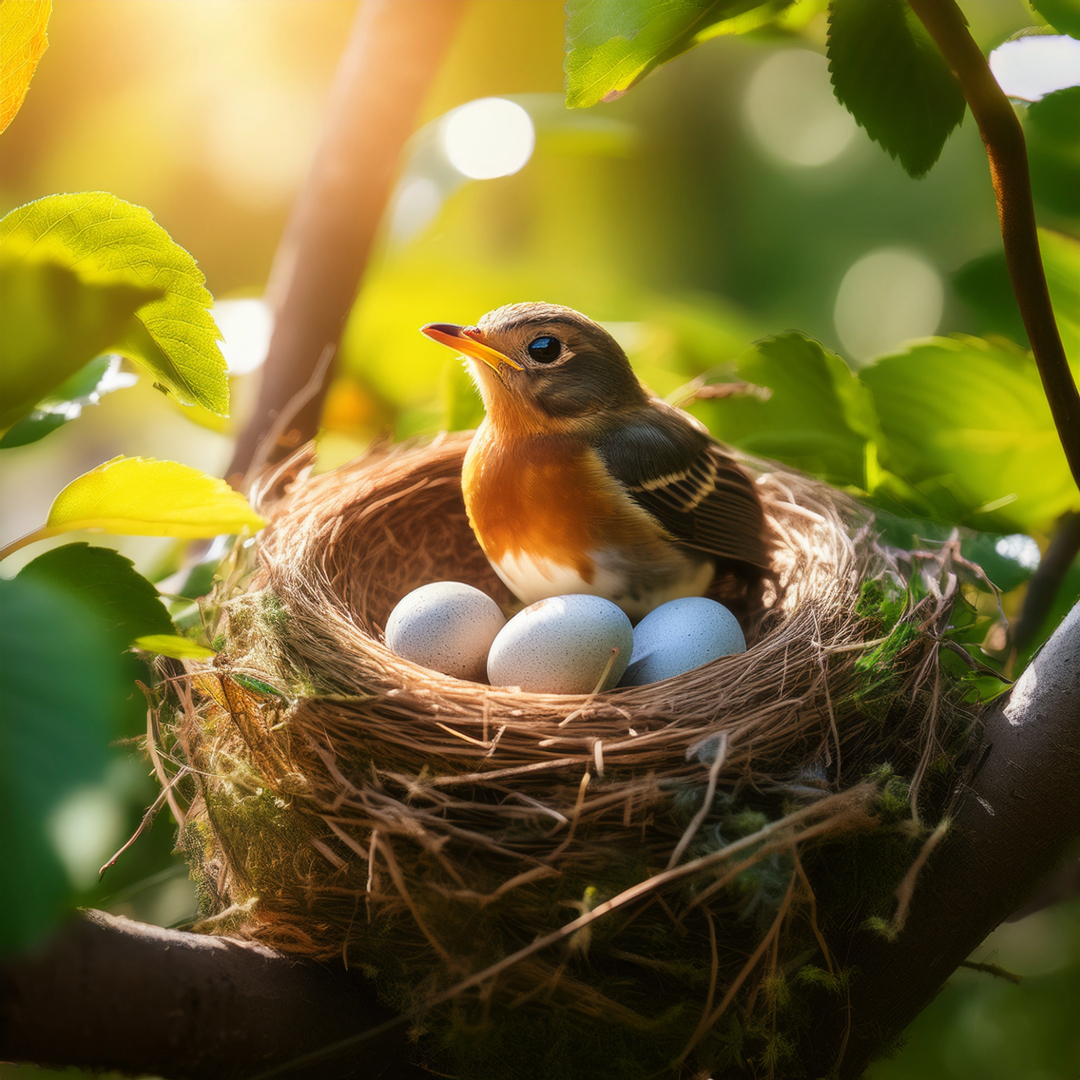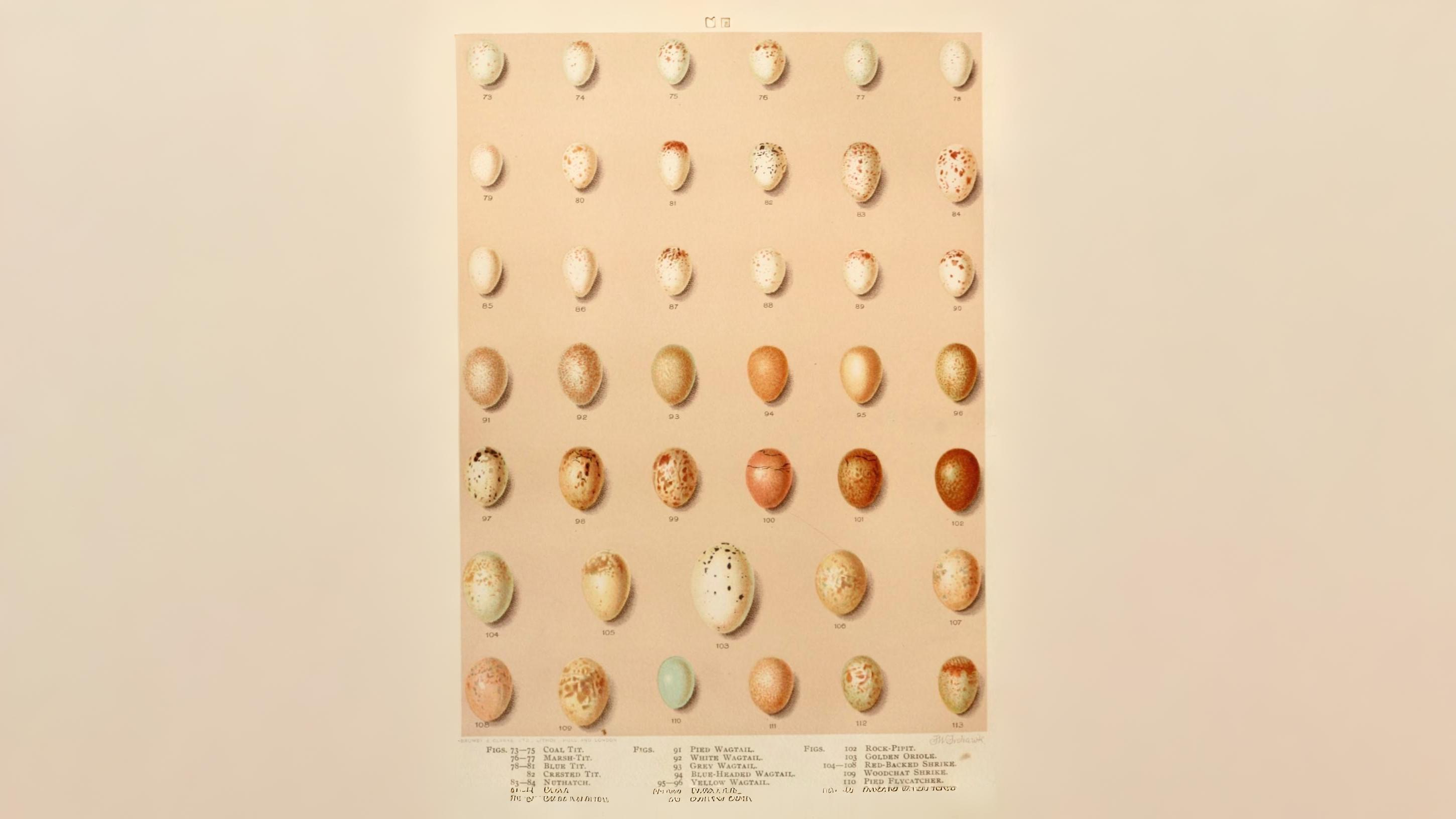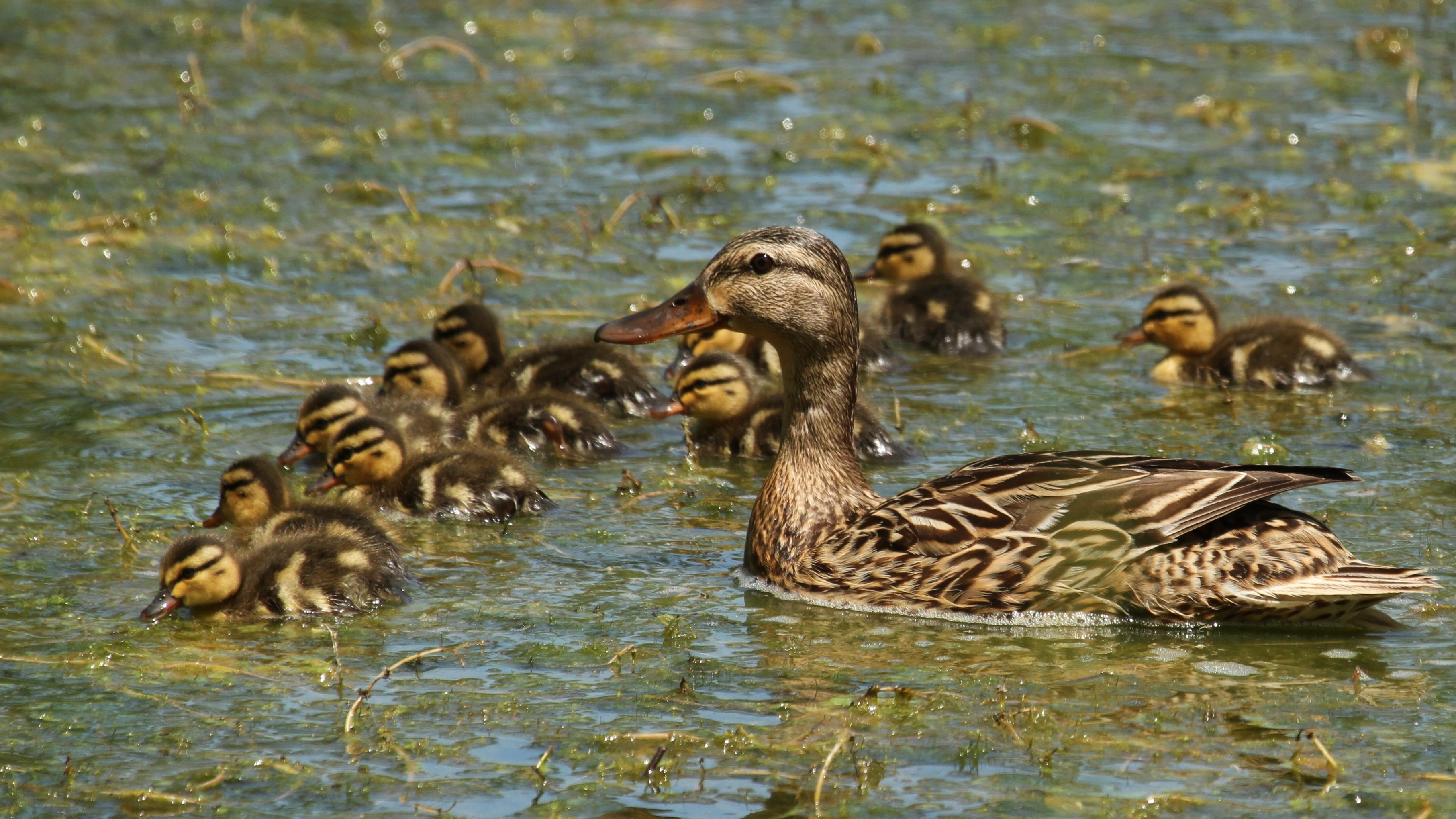July sees many nests still filled with eggs or crowded with fully grown young, with their parents even joining them at night. The size of broods depends to a large extent on the weather and the food available. In good years tits will by now have large families. If it has been a dry summer the ground will harden to such an extent it will affect blackbirds as they search for food, whereas thrushes, which eat snails. will remain unaffected.
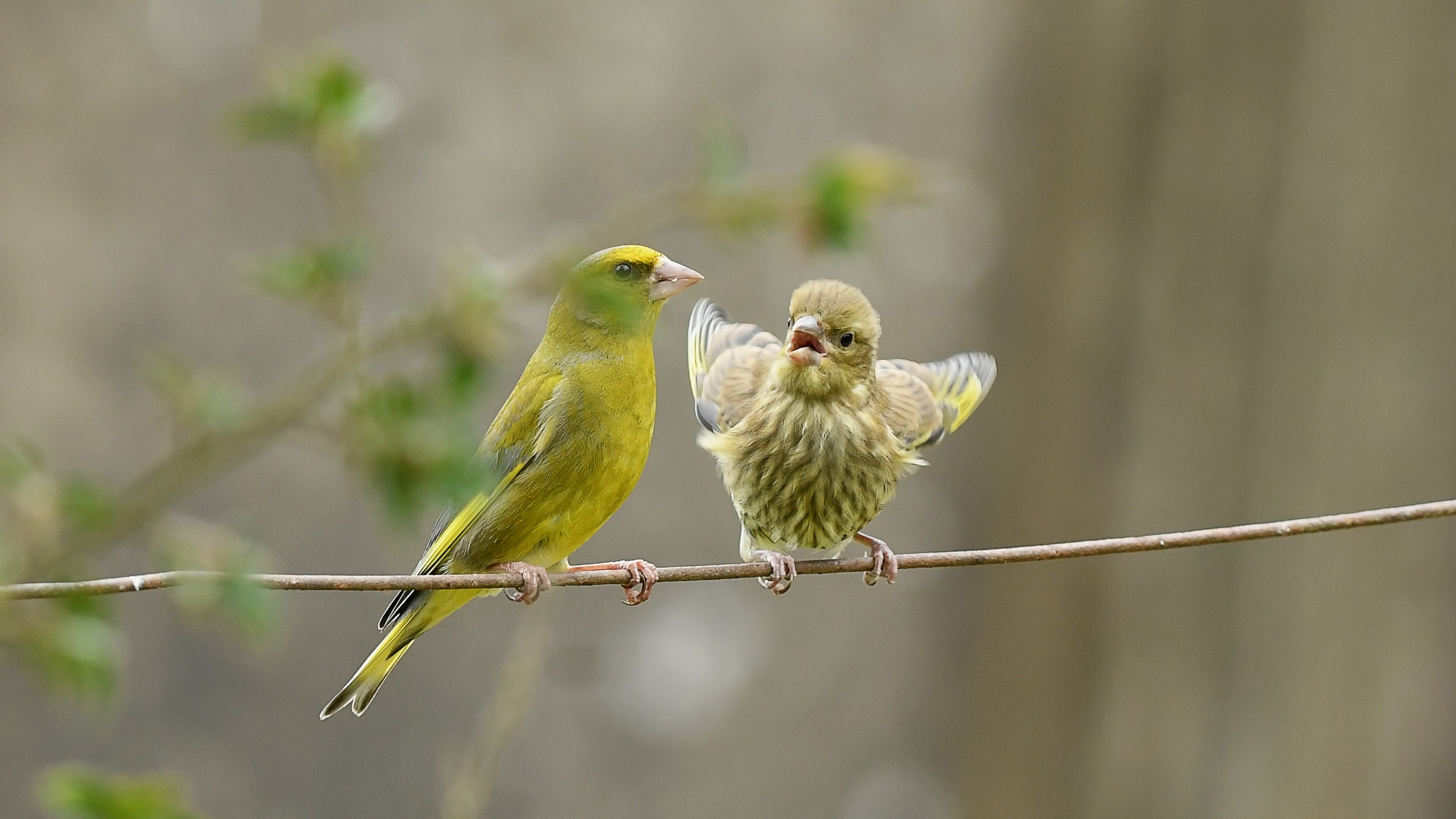
Whitethroats and sand martins may be on their second brood and blackbirds, thrushes and robins possibly on their third. In some cases the second brood will have been laid even before the first was fully independent. Woodpigeons also may be on eggs this month and could even continue to raise young for another two months. They only lay two eggs and you only tend to see one juvenile at a time with its parents. Swallows and martins rear their families right up to the time they are due to fly south.
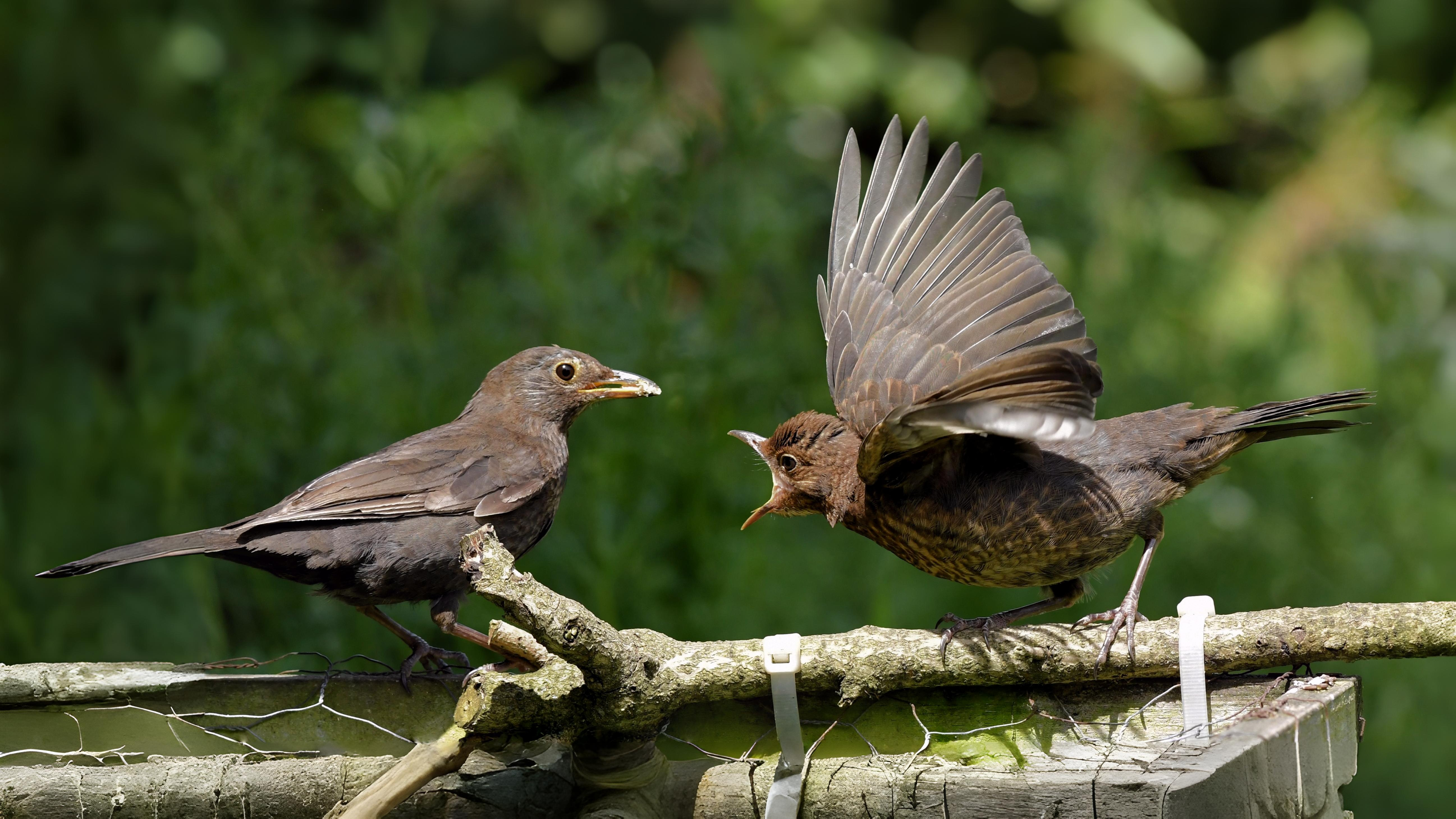
Traditionally late breeders this month include yellowhammers, buntings, spotted flycatchers, greenfinches and birds of prey. Other rarer birds that may be hidden away on their nests could include marsh tit, whinchat, grasshopper warbler, wood warbler, redpoll, hawfinch, kingfisher, corn bunting, woodlark and red-backed shrike. In woods there are likely to be nesting willow warblers, blackcaps, garden warblers, green woodpeckers and perhaps even a nightingale. In more open areas you might also expect skylarks to be still nesting and where there is a lot of bracken, in quiet areas on the edge of London, possibly even a nightjar. Nightjars tend to sit quietly near their young, watching them carefully whilst remaining perfectly camouflaged. In reed beds, reed warblers and reed buntings could be nesting whilst cuckoos are still watching observantly, waiting for an opportunity to lay another egg.

The variety of colours and markings on eggs is enormous. One of the most unusual is that of the yellowhammer which is covered with bold scrawls and blotches of various colours. Cuckoo eggs can also be a variety of different colours. They are usually shades of green or brown but they can be blue, stained or spotted. They can also be pointed or pear-shaped, depending on whose nest she chooses to lay them. Female cuckoos are formidable egg layers, depositing as many as twenty eggs in as many nests. Ring plovers lay amongst the most charming clutches. Each tiny egg is laid point to point in a circle amongst pebbles and shells, from which they are virtually indistinguishable.
Young birds are now everywhere. They often seem surprisingly large and are easily mistaken for their parents. As a rule they are usually more softly coloured and have shorter tails. It is their often foolish behaviour that tends to catch our attention. Odd behaviour followed by a frightened look and a slightly later than usual departure are all typical of birds which have recently left their nests. Many young birds such as rooks are persistently following their parents, crying to be fed whilst continually fluttering or spreading their wings. In gardens, parent thrushes, blackbirds and wrens are all busily feeding their young. Other birds seem to be teaching their young how to feed. It is worth looking for noisy families of sparrowhawks in woods, for families of barn owls patrolling at dusk and families of buzzards flying high together. Families of blue tits and great tits are the most often seen, but goldfinches and long-tailed tits are also about.

Other families of ducks, coots and swans in various stages of maturity can be seen on local ponds and lakes. Inexperienced young kingfishers are even known to turn up beside garden ponds searching for fish. Young woodcocks were once believed to be carried by their parents to feed in marshes by day and then carried back to their roost in woods at night. Roding woodcocks at dusk are not often seen now but Bookham Common, Broxbourne Woods, Walton heath and Epping Forest are still places to look for them.
